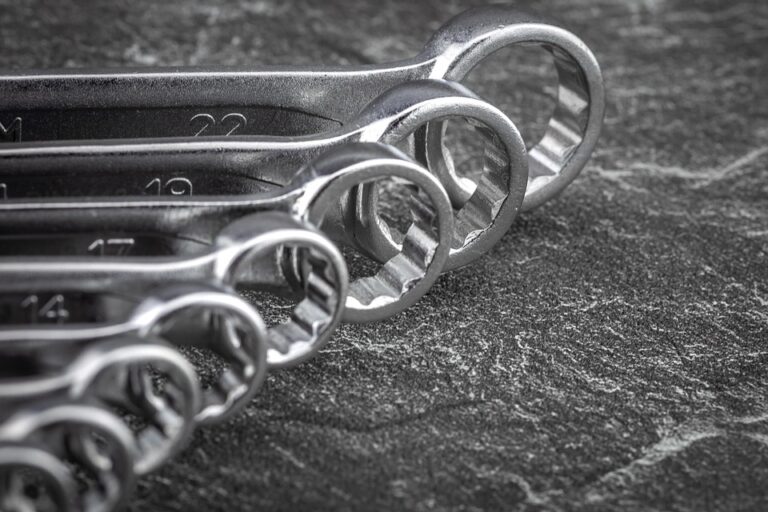Cooling Solutions for Gamers: Keeping Your Gaming Hardware Safe During Intense Sessions
As gaming becomes increasingly sophisticated, the demand on gaming hardware continues to rise. Long hours of gameplay can push these powerful machines to their limits, leading to overheating and potential damage if not adequately managed. To ensure optimal performance and longevity, gamers must prioritize cooling solutions for their gaming hardware. This article explores effective cooling strategies and the importance of maintaining a stable environment for your gear during intense gaming sessions.
Why Cooling Matters
The Risks of Overheating
Statistics show that nearly 70% of gamers experience performance drops due to overheating. When temperatures rise, gaming hardware can throttle, resulting in slower performance, lag, or even crashes. In the worst-case scenario, extended exposure to high temperatures can irreparably damage critical components like CPUs and GPUs.
Cooling Hardware Basics
Before diving into solutions, it’s essential to understand that cooling systems fall into two primary categories: air cooling and liquid cooling. Each function effectively but has its advantages and disadvantages.
- Air Cooling: This method utilizes heatsinks and fans to dissipate heat into the environment. It’s typically easier to install and maintain.
- Liquid Cooling: This system circulates liquid through a series of tubes and radiators. It can provide superior cooling performance but often requires more upkeep and technical knowledge.
Effective Cooling Solutions for Gaming Hardware
Invest in Quality Fans
Quality fans are one of the simplest and most effective ways to keep your gaming hardware cool.
- High CFM Fans: Fans with a high Cubic Feet per Minute (CFM) rating can move more air, helping dissipate heat quickly.
- Static Pressure: Choose fans designed for static pressure (for heatsinks and radiators) when necessary, as they can push air through obstacles better than standard fans.
Monitor Temperature Regularly
Investing in a temperature monitoring tool can keep you updated on the health of your gaming hardware. Some popular software options include:
- HWMonitor: Tracks temperatures of all components.
- MSI Afterburner: Ideal for monitoring GPU temperatures.
Regular monitoring provides insight into when potential cooling solutions are needed.
Consider Aftermarket Cooling Solutions
If the standard cooling solutions aren’t cutting it, consider aftermarket cooling systems. There are various options available to fit different budgets and needs:
- Aftermarket Heat Sinks: Often larger and more efficient than standard heat sinks, providing better heat dissipation.
- All-in-One (AIO) Liquid Coolers: Ready-to-use kits that require minimal installation, offering high cooling efficiency.
Optimize Your Case Airflow
The setup of your gaming hardware and the environment around it plays a crucial role in cooling efficiency. Consider the following tips:
- Cable Management: Keep cables tidy to prevent obstruction and improve airflow.
- Positive Air Pressure: Configure fans to create positive air pressure inside the case. This can reduce dust buildup and enhance airflow.
Build a Dedicated Gaming Space
The environment where you game can significantly affect your hardware’s performance. Here are some important considerations:
- Temperature Control: Keep your gaming space pleasant with air conditioning or a fan.
- Dust Control: Regularly clean your area to minimize dust accumulation, which can clog fans and heat sinks.
Conclusion
Keeping your gaming hardware cool is vital for ensuring a seamless gaming experience and prolonging the life of your components. Implementing the cooling solutions we’ve discussed, such as investing in quality fans and considering aftermarket cooling systems, can safeguard your hardware against the dangers of overheating.
As you explore these strategies, remember that proactive maintenance is key. Regularly monitoring temperatures and optimizing your gaming setup will provide long-term benefits for both performance and component longevity.
For more insights on gaming hardware maintenance, check out our articles on Essential Upgrades for Your Gaming Rig and The Ultimate Guide to Gaming Peripherals. For more information on cooling technology, visit Tom’s Hardware.
Suggested Images:
-
Image of an aftermarket cooling system installed in a gaming PC
- Alt Text: "Aftermarket cooling system for gaming hardware"
- Image illustrating effective case airflow management with fans
- Alt Text: "Optimized airflow management for gaming hardware"
By following these cooling strategies, you can ensure that your gaming hardware remains safe and performs optimally, enabling you to enjoy uninterrupted gaming sessions. Stay cool and game on!


